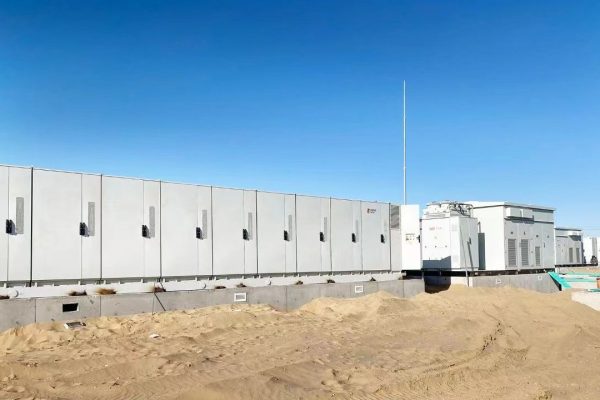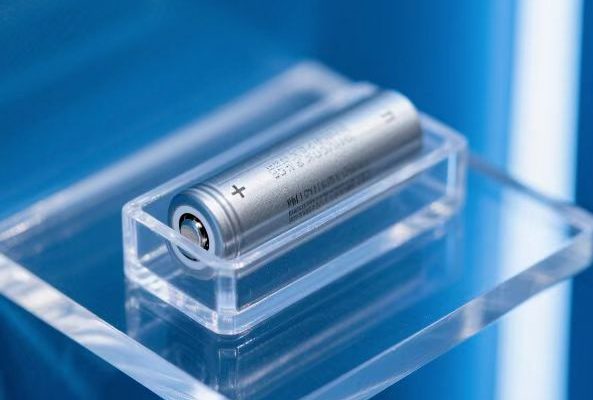Balancing Protection, Compliance, and Power Quality in Small-Scale Systems
Why Grid Response Speed Matters
In grid-tied solar and storage systems, inverters serve as the dynamic interface between your PV/ESS system and the utility grid.
When the grid experiences voltage dips, frequency changes, or phase shifts, your inverter must decide — and act — within milliseconds to protect itself, the load, and the grid.
But how fast is fast enough?
Too slow, and you risk non-compliance or damage.
Too fast, and you may trigger false trips or lose stability.
Let’s explore what the ideal response speed is — and what it means for small-scale projects like 5–30kW PV+ESS systems.
1. Common Grid Fluctuation Scenarios Inverters Face
| Grid Disturbance | What Happens | Inverter Reaction Needed |
|---|---|---|
| Voltage Sag/Surge | Grid voltage drops or spikes | Ride-through or disconnect |
| Frequency Drift | Grid frequency shifts from 50/60 Hz | Adjust power or disconnect |
| Phase Imbalance | Uneven load across three-phase lines | Redistribute or isolate |
| Grid Outage | Grid suddenly disappears (blackout) | Instant disconnect (anti-islanding) |
| THD Increase | Total Harmonic Distortion rises | Maintain waveform quality or isolate |
2. Inverter Response Time: Standards and Real-World Targets
⚙️ Regulatory Benchmarks
| Standard | Requirement |
|---|---|
| IEEE 1547-2018 | <2 seconds for most abnormal voltage/frequency responses |
| EN 50549 (EU) | As fast as 100 ms in some categories |
| VDE-AR-N 4105 (Germany) | Defines response delay & reconnection timers |
| UL 1741 SA / CA Rule 21 | Fast frequency/watt, volt/VAR mode <500 ms |
Most grid codes now demand sub-second response from distributed energy resources (DERs), including small inverters.
3. What Affects Inverter Response Speed?
🔍 Internal Factors:
- DSP (digital signal processor) speed
- Control algorithm tuning (e.g., PID)
- Measurement resolution (voltage/frequency sampling)
- Communication delays (especially with external EMS/BMS)
- Firmware update behavior
🔌 External Factors:
- Cable length and signal delay (in large sites)
- Grid impedance and flicker levels
- Latency in remote sensing (e.g., smart meter-based systems)
A high-end inverter can detect and react within 20–50 ms under ideal conditions.
4. Ride-Through vs. Disconnection: A Delicate Balance
Your inverter must quickly detect instability, but not overreact to minor disturbances.
🚧 Grid Ride-Through
- Modern inverters use low/high voltage and frequency tolerance curves
- Allows continued operation during short disturbances
- Helps stabilize the grid by staying online
🔌 Controlled Disconnection
- Triggered if thresholds are exceeded too long
- Must disconnect cleanly (anti-islanding) within 100–200 ms
Many utilities prefer smart inverters that support ride-through instead of “trip-first” behavior.
5. What Installers and Buyers Should Ask Suppliers
When sourcing inverters for grid-tied applications, don’t just ask about efficiency. Ask:
- What’s the voltage/frequency detection cycle time?
- Does it support configurable ride-through curves?
- How does the inverter handle frequency-watt and volt-VAR response?
- Does it meet IEEE 1547-2018 or EN 50549 by default?
- Can the firmware be updated remotely to match local grid codes?
6. Best Practices for Small Systems (<50kW)
- Choose inverters with response time ≤100 ms for voltage/frequency events
- Use inverter-embedded monitoring to log grid disturbances
- Enable ride-through mode for grids with frequent fluctuations
- For island-prone grids, favor inverters with adaptive anti-islanding detection
- Always validate regional grid compliance (e.g., MEA, CFE, Eskom, etc.)
7. Beyond Compliance: Why It Matters for You
Even if you don’t care about the standards, response speed impacts:
- ⚡ Power quality for sensitive loads
- 🔁 System uptime (fewer false trips)
- 🔌 Battery lifespan (less erratic charging/discharging)
- 🏷️ Reputation if you’re the installer/supplier
A fast-reacting inverter isn’t just about hardware — it’s about smart firmware, updated standards, and stable algorithms. In smaller PV+ESS systems, that extra 100 ms of accuracy can mean the difference between smooth operation and client complaints.
Don’t overlook response time — it’s a hidden spec that shows up when the grid shakes.









